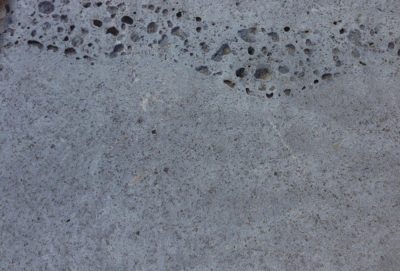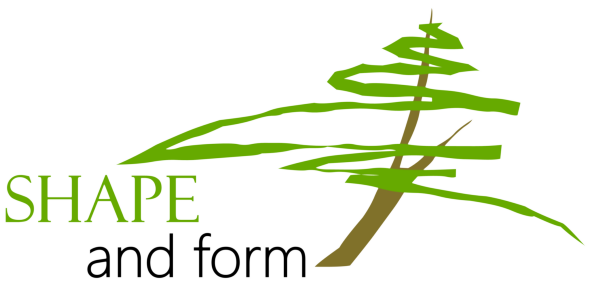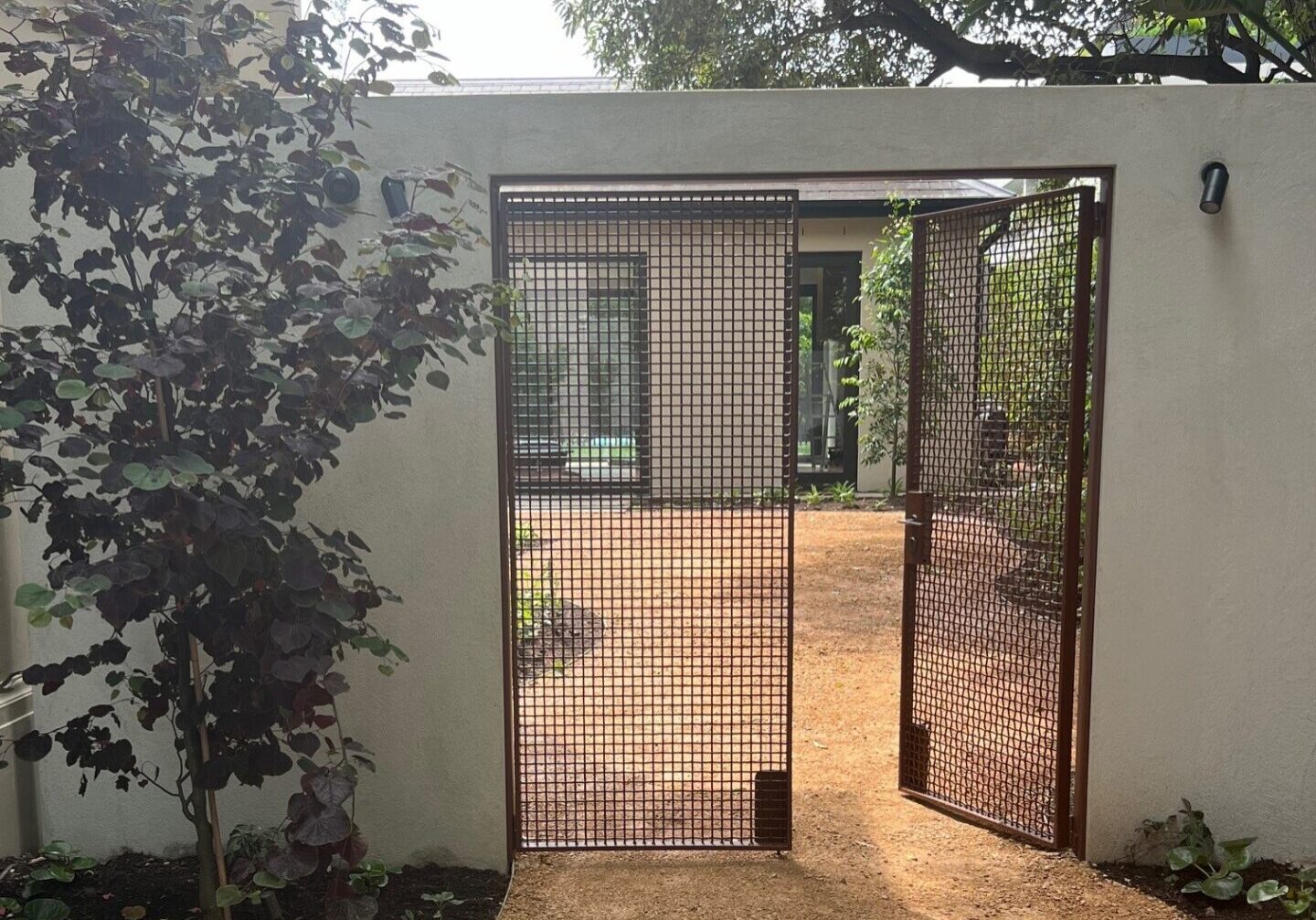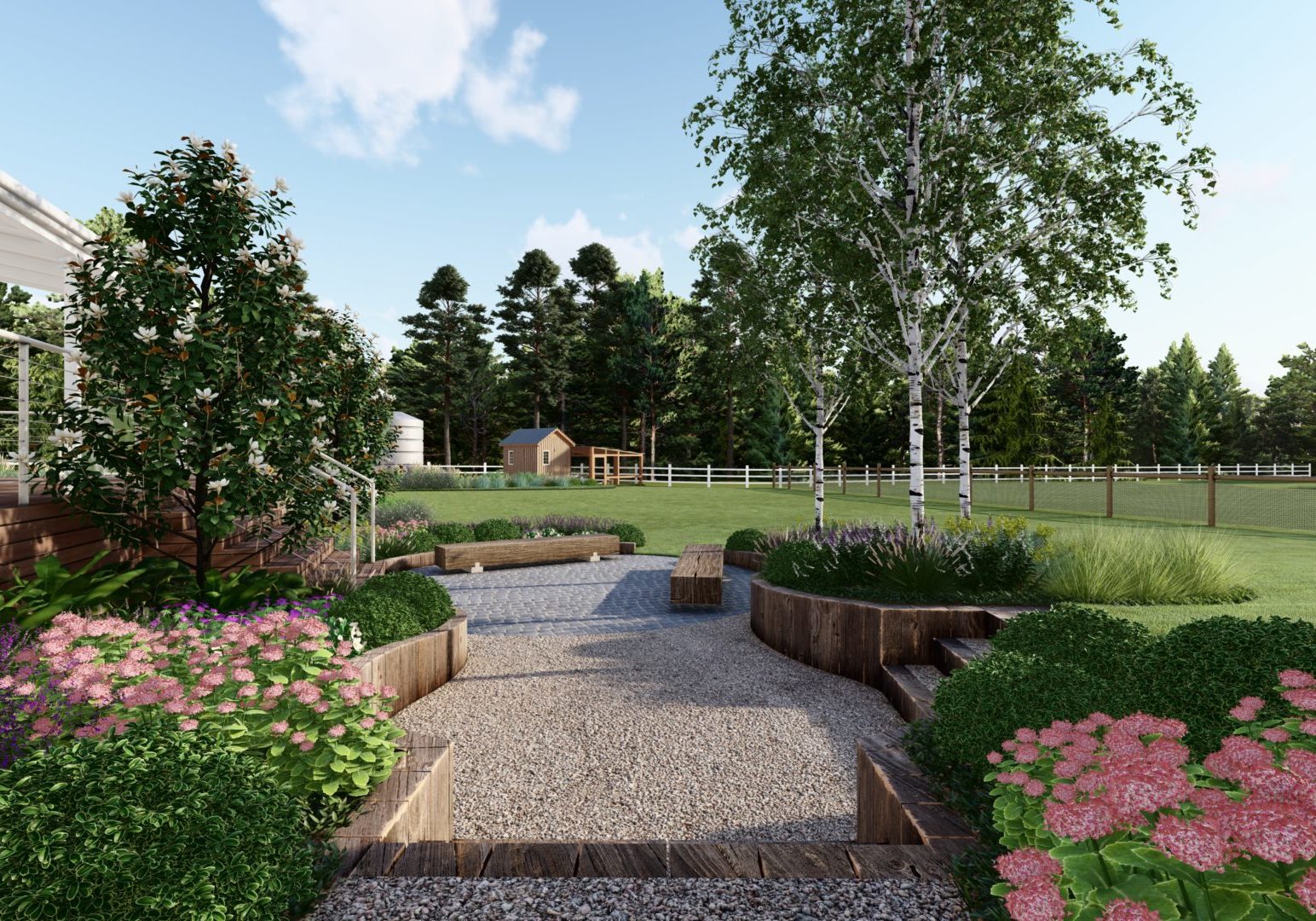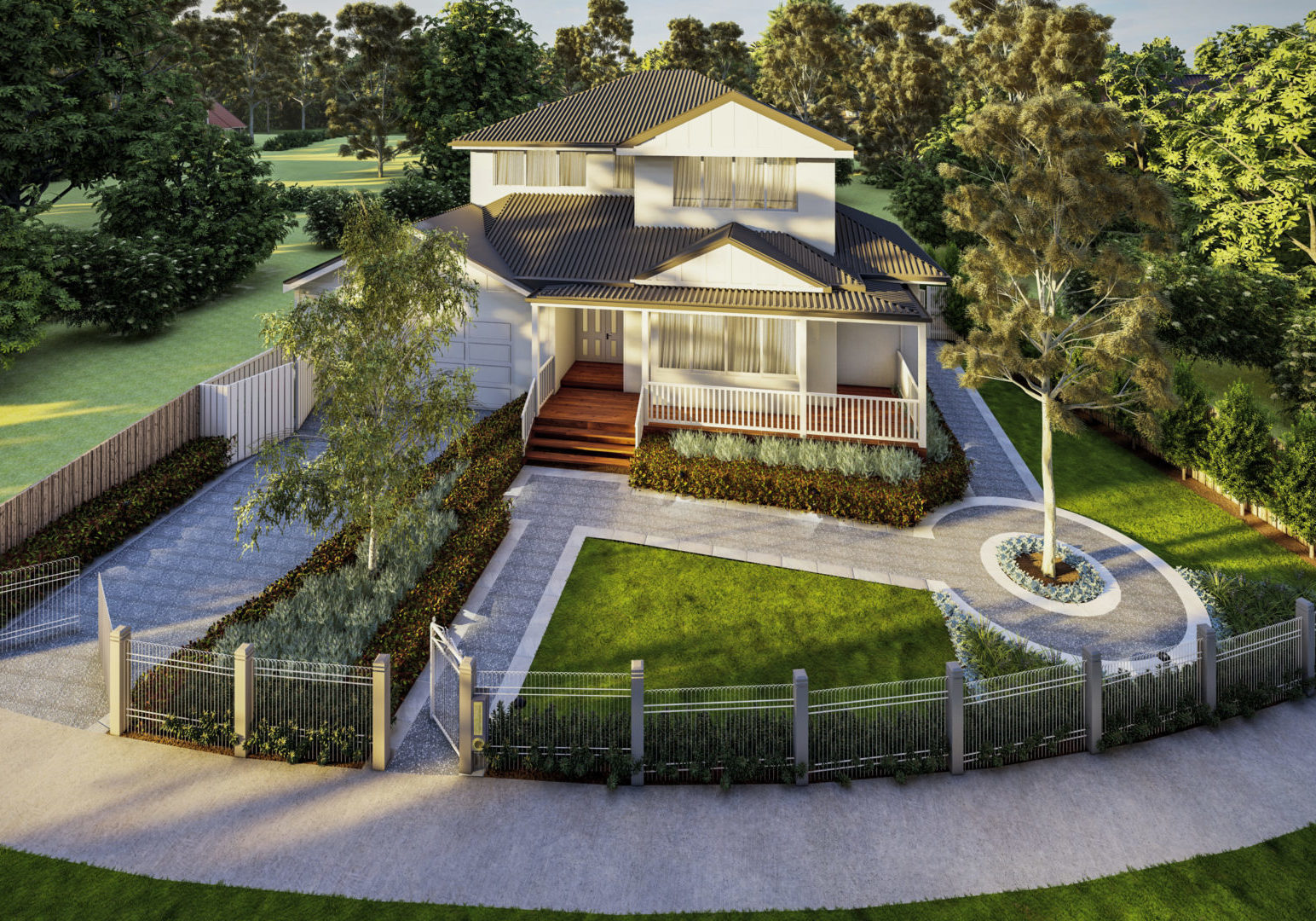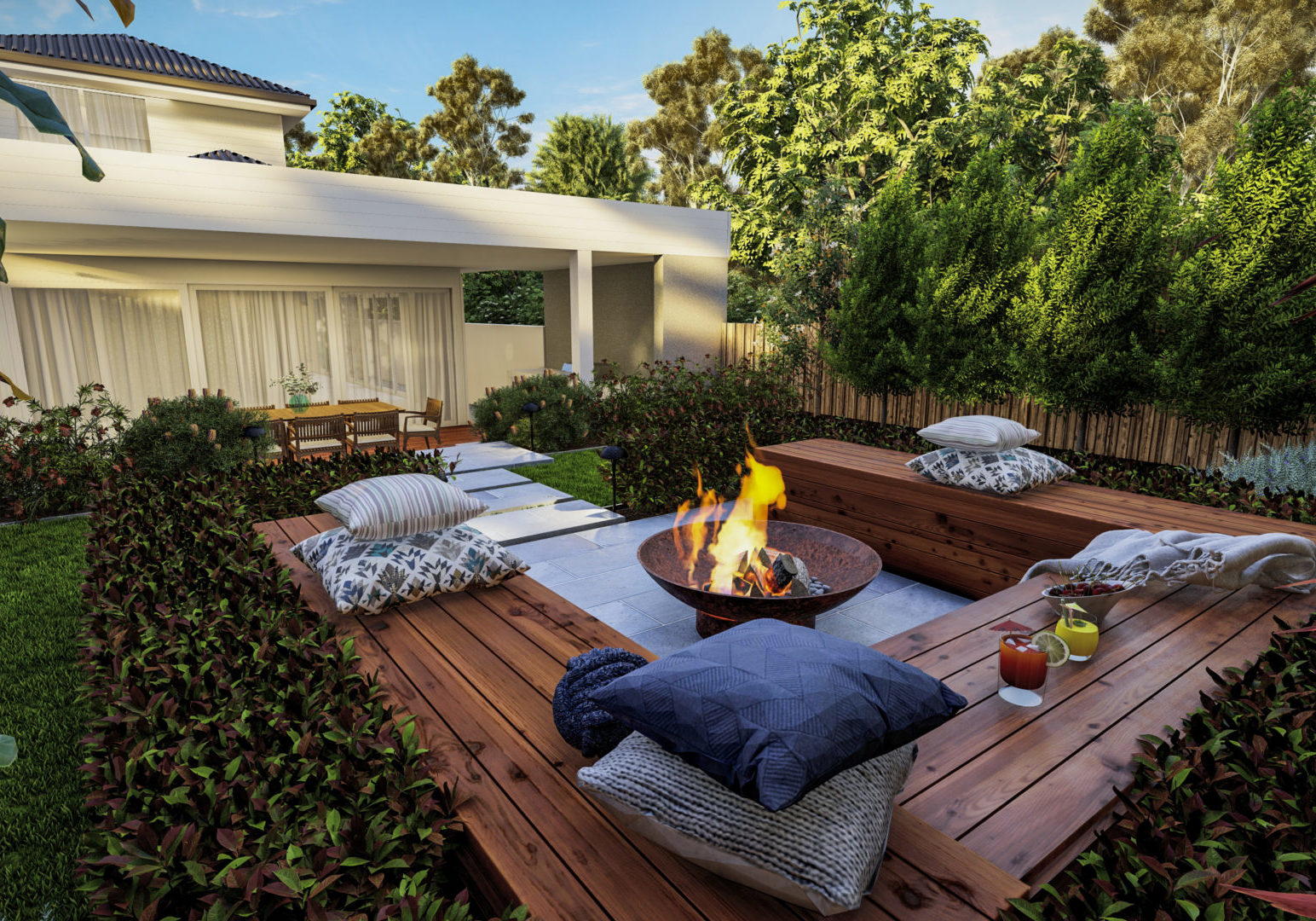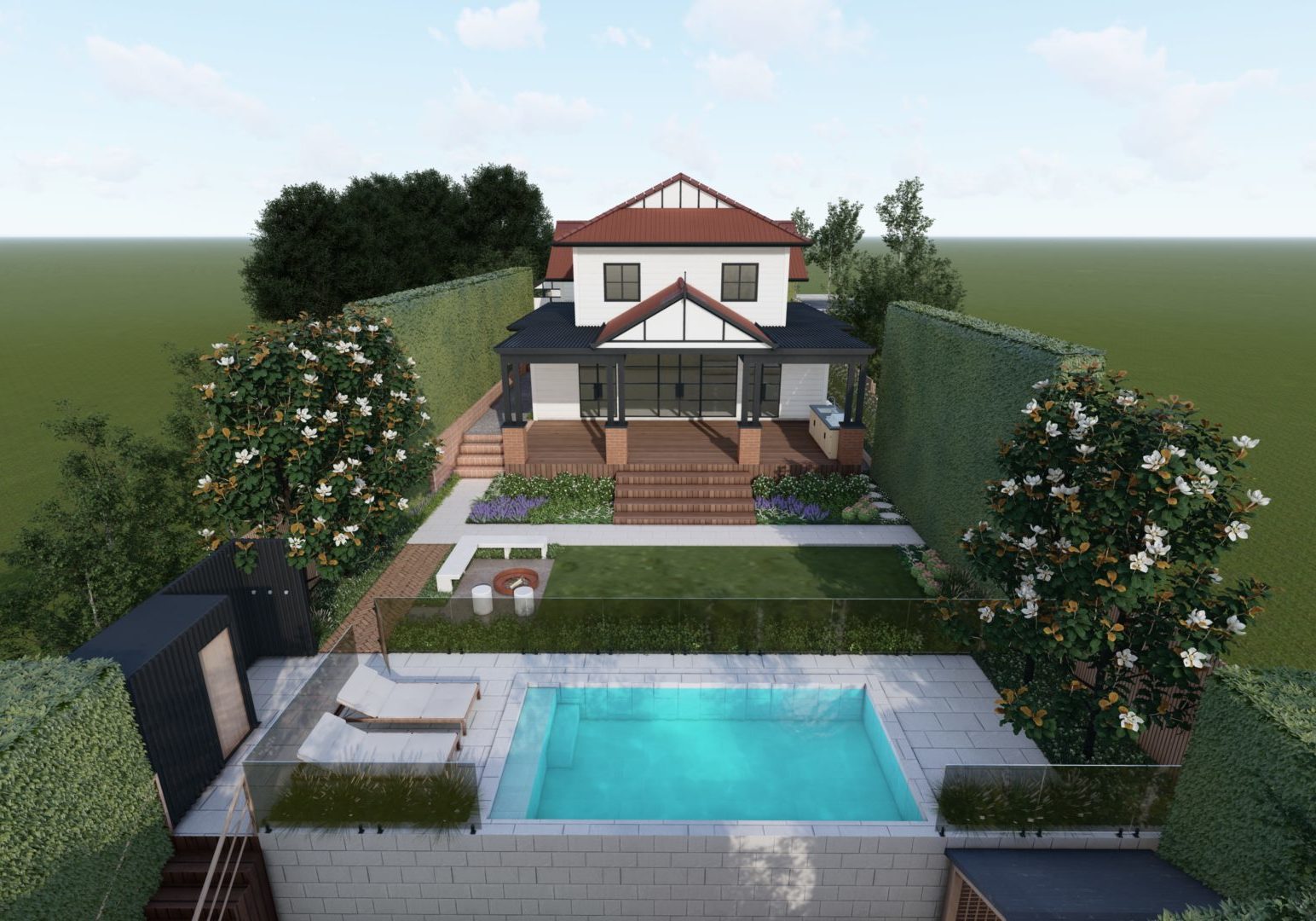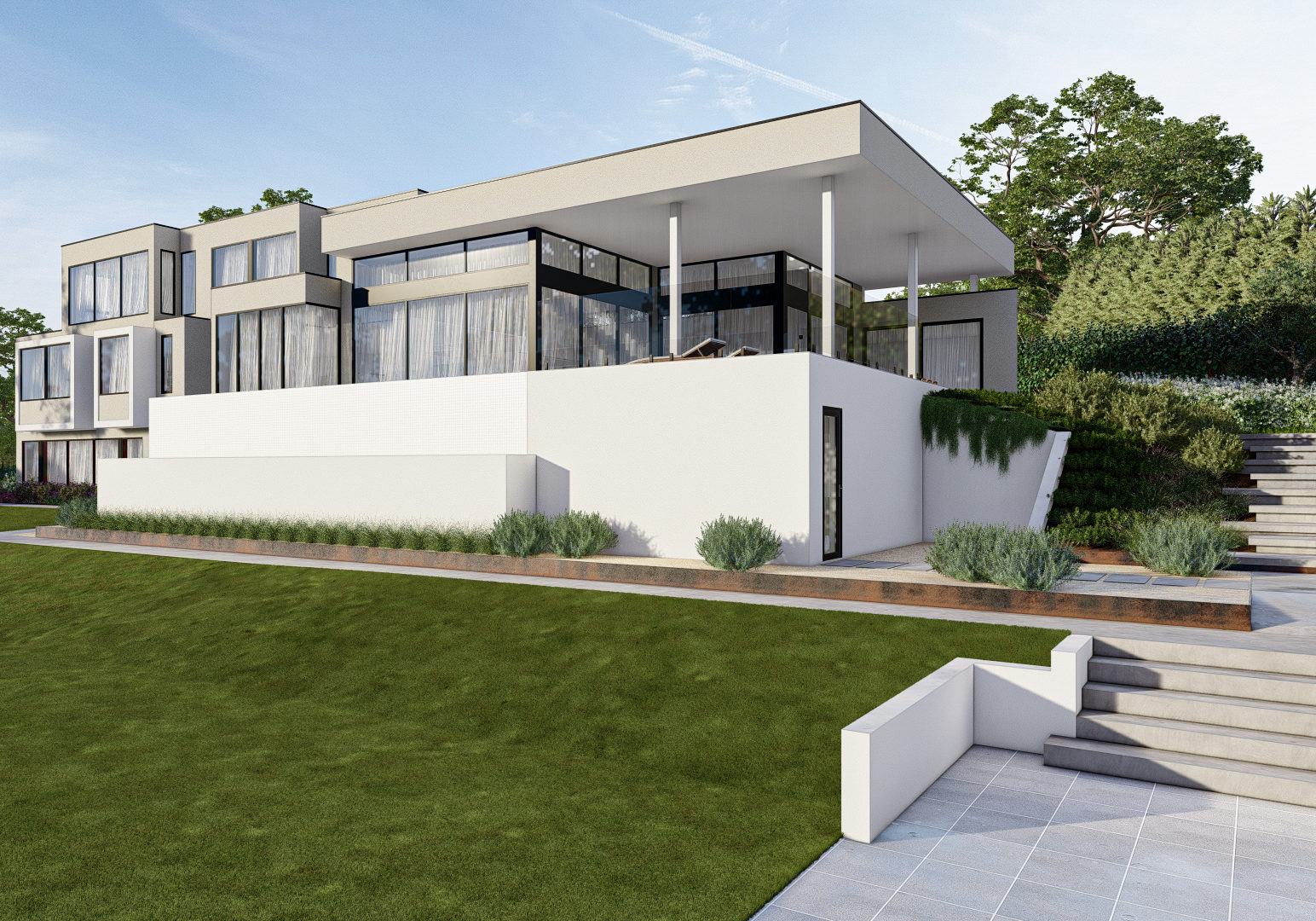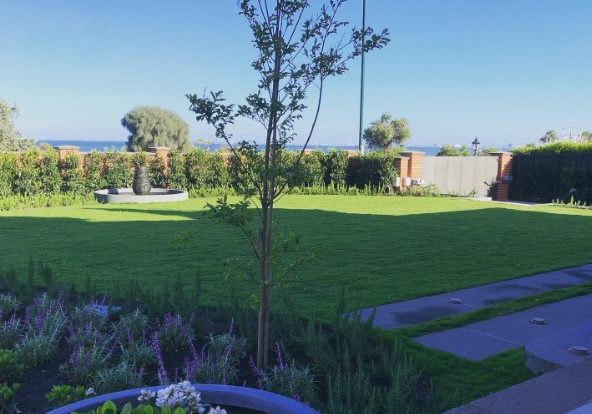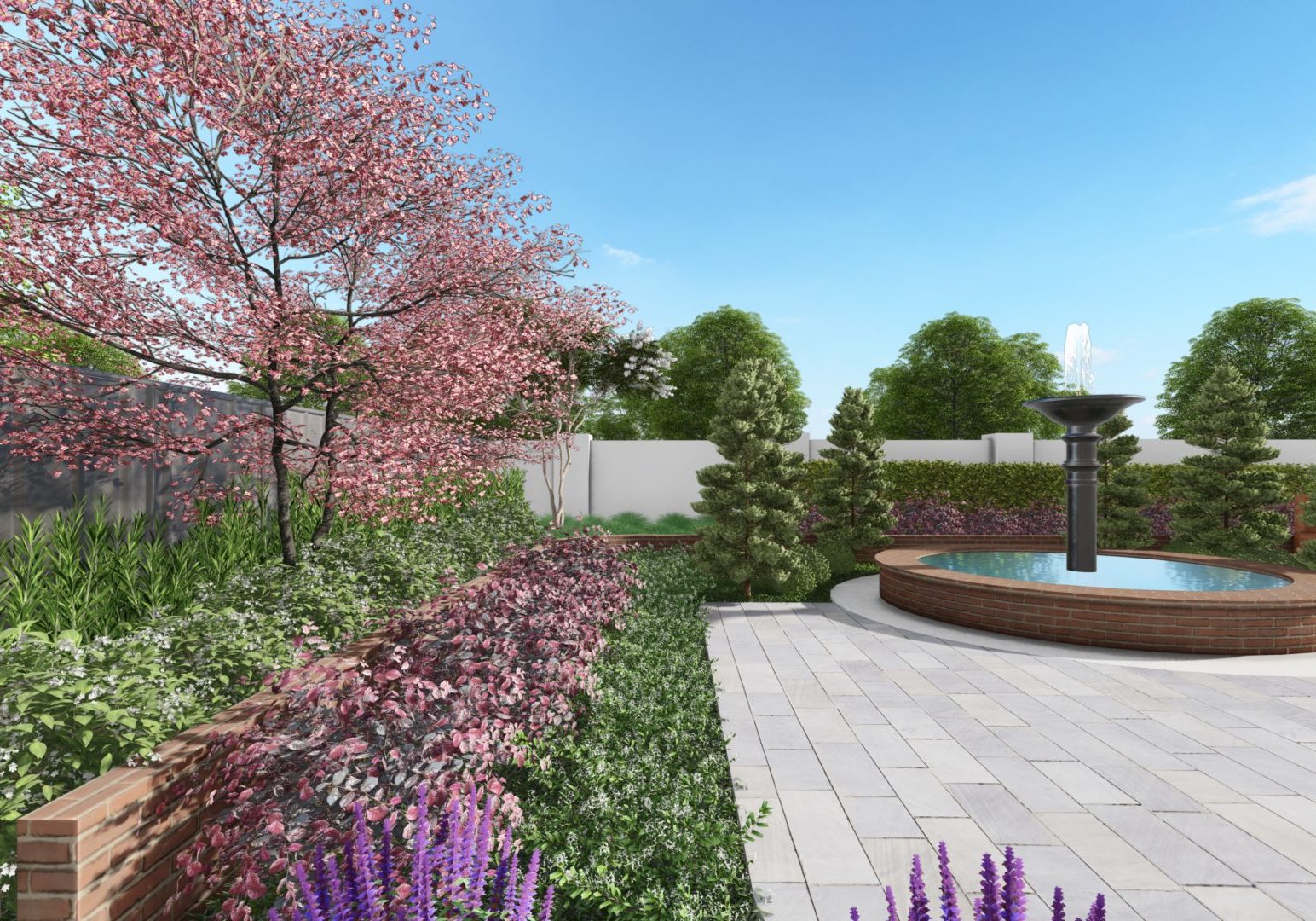Curling Bluestone September 12, 2017
What is curling bluestone and why does it affect specifically bluestone paving? I have personally had an area of bluestone paving curl after I had laid it. Up until that point I had never encountered this before.
I’m hoping this article, will give you some insight into what the term ‘bluestone’ means, why some bluestone curls and why other bluestone doesn’t, and how to prevent bluestone curling.
Curling Bluestone has become a very real problem in the landscape industry over the past 8 years or so, and has only come about since an increase of imported bluestone from places such as China.
What exactly is Bluestone? The term Bluestone is not a geological term and refers to different types of stone depending on which Australian state your located – a bit like the common names of plants. The short answer is in Victoria when we refer to Bluestone we mean Basalt. Basalt is one of the most commonly occurring igneous or volcanic rocks in the world. It is a very popular construction material, used throughout the world for building blocks, cobblestones, statues and of course large format paving (1000mm by 500mm) – which presently is very trendy.
The term Curling or Cupping is when the edges of the paver lift before the mortar beneath has had time to set, hence making the paver ‘drummy’ or hollow.
- There are a 3-main factor/reasons that lead to bluestone paving curling:
Thickness of the paver – The standard thickness of a paver only 10 years ago was 40mm. Today it is common to see bluestone 10 – 20mm thick. Obviously purchasing stone this thick has its advantages (less on-site excavation, cheaper to purchase etc.) however stone this thin is more prone to movement and warping.
- Density of the stone – Importing Basalt from China costs half the price of Australian quarried Bluestone, so it’s not hard to see why importing basalt pavers from overseas has exploded. However, there are some differences in the quality of the stone.
Basalt forms near the surface of the earth and is quarried from old volcanic lava flows. When the eruption of lava flows down the mountain, it traps gases within the flow, causing air bubbles that rise to the surface. Some air bubbles end up getting trapped within the lava and become what are called Vesicles or Cats Paws.
China tends to quarry their basalt shallower or nearer the earth’s surface than Australian quarries, making it softer with a higher porosity or a higher distribution of vesicles throughout the stone.
- Moisture and Saturation – The more porous the stone the more quickly the underside of the paver will absorb water from your mortar or tile adhesive. When the lower section of the paving reaches saturation point there is what is called a dimensional change which causes the tile edges to warp or curl. When the paver either reaches the point of total saturation or dries out completely the paver (depending on the amount of liquid in your mortar/adhesive mix) will return to its original state. This process happens slowly over a period of 5 – 10 hours. Usually by the time the paver returns to its unaffected state the mortar/adhesive has hardened leaving the edges of your paver unfixed and drummy/hollow.

Mapei Australia have given extensive talks on this subject in the past and recommend the following should you wish to avoid problems with curling bluestone:
- All bluestone needs to be a minimum of 30mm thick, for it to not be affected by dimensional change.
- If you do need to lay 20mm bluestone, a fast acting adhesive that will set and cure in 5 minutes, not allowing enough time for the stone to absorb moisture and warp, needs to be used.
- It is also recommended that you lay a waterproofing membrane between the slab and your adhesive/mortar to stop any moisture from the concrete being absorbed.
Importing bluestone/basalt from China is a relatively modern exercise. The internet has made this much easier for everybody. However, with every new venture there is always hiccups along the way that will eventually be sorted out. Importing basalt from China is no different.
It may take some time but eventually all landscape contractors and designers will be aware of curling bluestone. They will realise that stone less than 30mm thick is to thin, and that Chinese stone is more porous and therefore softer than its Australian equivalent. They will understand that 10-20mm bluestone, will undergo dimensional change when it reaches a certain saturation point, and that laying it on a rapid adhesive is the only way to counter this change.
As landscape designers, we need to be aware of these sorts of issues. When we produce a landscape design we often produce a set of specifications that accompanies the design. If we specify 20mm bluestone laid on mortar, we are leaving ourselves liable and open to potentially legal action, if the paving curls. We need to specify 30mm thick or rapid set adhesive so that the responsibility then falls with the contractor to install the paving correctly.
Happy Paving
